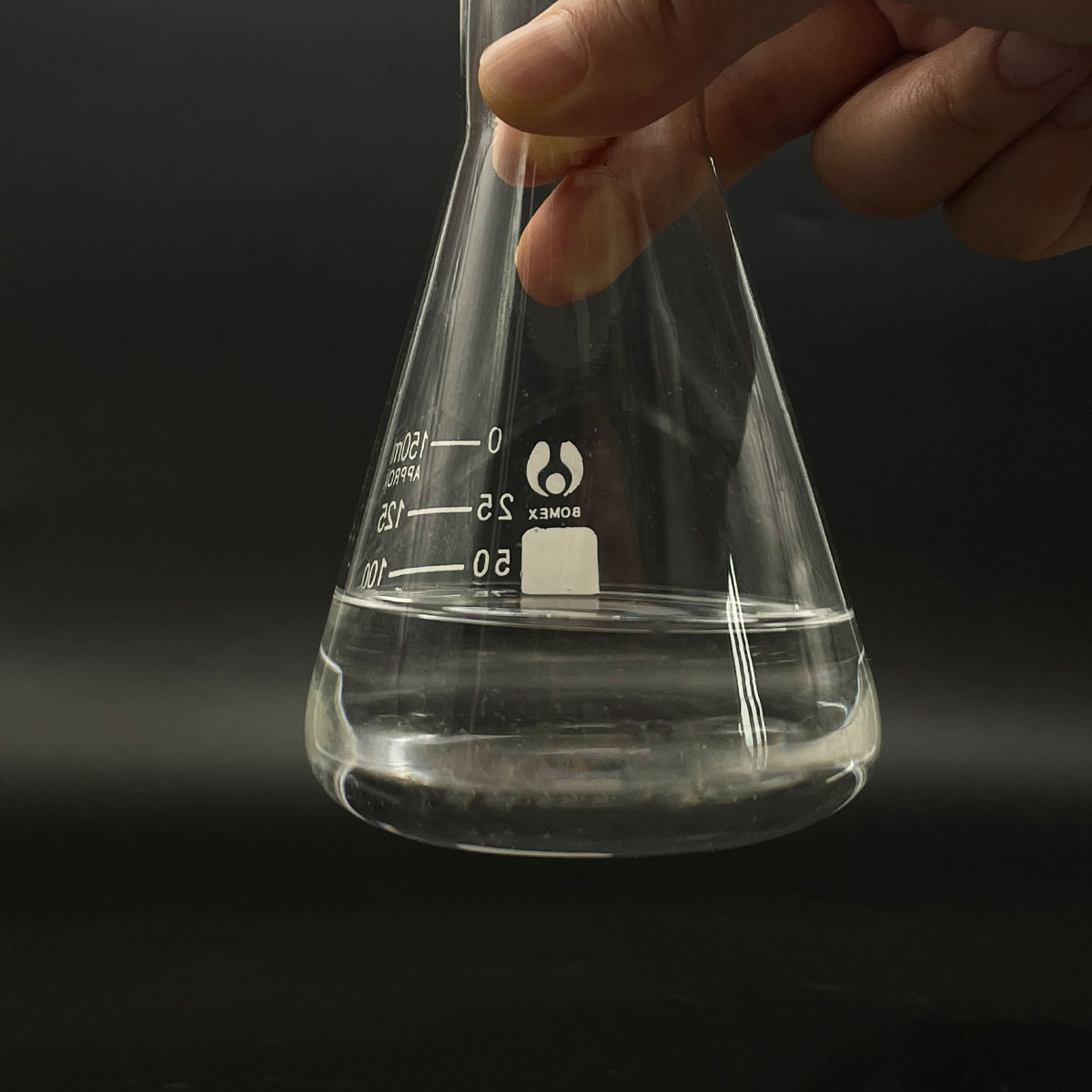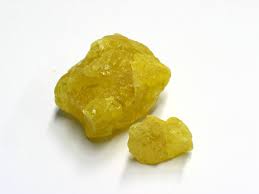**Title:** The Tiny Miracle: Giving Surfactant to Premature Babies
(How Is Surfactant Given To Premature Babies)
**1. What Surfactant Is and Why Premature Babies Need It**
Think about blowing soap bubbles. A good bubble needs that slippery soap film to hold its shape. Your lungs work similarly. Tiny air sacs called alveoli need to inflate and deflate easily with each breath. Surfactant is the body’s soap. It’s a slippery coating made of fats and proteins. This coating lines the insides of the alveoli. Surfactant lowers surface tension. Surface tension is the force that makes water bead up. Without surfactant, the alveoli would collapse every time you breathed out. Opening them again would take enormous effort. Like trying to blow up a brand new, stiff balloon.
Full-term babies usually make enough surfactant just before birth. Their lungs are ready. Premature babies often aren’t. Their tiny bodies haven’t had enough time to produce this vital substance. This lack is a major cause of Respiratory Distress Syndrome (RDS). RDS makes breathing incredibly hard. Babies struggle, turn blue, and tire quickly. Their immature lungs just can’t stay open. Giving them surfactant is like giving them the soap their bodies haven’t made yet. It’s a direct replacement for what they lack. This simple act can be life-saving. It helps their fragile lungs work properly.
**2. Why Surfactant Matters for Premature Lungs**
Surfactant therapy isn’t just helpful. It’s often crucial. Before doctors used surfactant, RDS was a leading cause of death for premature infants. The struggle to breathe damaged their lungs. It starved their bodies of oxygen. This lack of oxygen could harm other developing organs like the brain. The effort to breathe used up calories they desperately needed to grow.
Surfactant changes this picture dramatically. It directly tackles the core problem: missing lung soap. The benefits are clear. Surfactant helps the baby’s lungs open more easily. It reduces the effort needed to breathe. Oxygen levels in the blood improve quickly. This means less strain on the heart. Babies often need less help from breathing machines. The risk of serious lung damage decreases. Survival rates for premature babies with RDS jumped significantly after surfactant therapy became standard. It prevents complications. It gives these tiny fighters a much better chance. Surfactant buys precious time for the baby’s own lungs to mature.
**3. How Surfactant Gets Into Those Tiny Lungs**
Getting surfactant into a premature baby is a delicate procedure. Speed and precision matter. The baby is usually in the Neonatal Intensive Care Unit (NICU). They are often already on a breathing machine or receiving oxygen support. The medical team prepares everything carefully. The surfactant itself comes in a small vial. It looks like a milky white liquid. It needs to be warmed gently. Cold surfactant could shock the baby.
The doctor uses a thin, flexible tube called a catheter. They pass this tube down the baby’s breathing tube. This breathing tube is called an endotracheal tube. It’s already in place to help the baby breathe. The doctor positions the catheter tip carefully. Then comes the key step. They slowly inject the surfactant directly into the baby’s lungs through the catheter. Sometimes they give the whole dose at once. Sometimes they split it into smaller amounts. They turn the baby slightly from side to side after each part. This helps spread the surfactant around the lungs. It’s like gently coating the inside surfaces. The whole process usually takes just a few minutes. The medical team watches the baby closely. They monitor heart rate, oxygen levels, and breathing. Sometimes the baby’s oxygen levels dip briefly during the procedure. The team is ready to adjust support immediately. After giving the surfactant, they might adjust the breathing machine settings. They often see improvements quite fast.
**4. Surfactant Applications Beyond Early Rescue**
Surfactant is best known for treating RDS right after birth. But its use isn’t limited to that first emergency dose. Doctors sometimes give surfactant preventatively. This means giving it very soon after birth to babies at extremely high risk for RDS. They don’t wait for symptoms to appear. This proactive approach can prevent RDS from developing severely.
Sometimes a baby needs more than one dose. Their lungs might still be very immature. The first dose helps, but wears off before their own production kicks in. Doctors might give a second dose. Occasionally, even a third. The timing depends on the baby’s response. Doctors also use surfactant for other lung problems. Meconium aspiration syndrome happens when a baby breathes in its first stool before birth. This sticky substance can inactivate surfactant. Giving extra surfactant can help overcome this. Severe pneumonia can sometimes damage surfactant production or function. Surfactant therapy might be part of the treatment plan. Research continues. Scientists are exploring if surfactant helps other conditions. They look at older infants or even adults with specific lung injuries. The core idea remains the same. Surfactant supports lungs struggling to stay open.
**5. Surfactant FAQs: Common Questions Answered**
Parents naturally have many questions about surfactant. Here are answers to some frequent ones:
* **Is surfactant safe?** Yes, surfactant replacement therapy is very safe and well-established. Decades of use prove its benefits far outweigh potential risks. Serious side effects are rare. Minor issues like temporary oxygen dips are managed easily by the NICU team.
* **Does it hurt the baby?** The baby has a breathing tube already. Adding the surfactant catheter through this tube shouldn’t cause extra pain. Babies are often given pain relief or kept comfortable during the procedure. They might cough or move briefly when the surfactant goes in.
* **How quickly does it work?** Often, improvements start within minutes or hours. Oxygen levels usually rise. Breathing might become easier. The baby might need less help from the ventilator. Full effects develop over several hours. Not every baby responds equally fast or dramatically. Doctors watch closely.
* **Are there different types of surfactant?** Yes. There are surfactants made from cow lungs (bovine) and from pig lungs (porcine). There are also synthetic versions. All work similarly. Doctors choose based on availability and specific needs. Natural animal-derived surfactants are most common. They closely mimic human surfactant.
* **Will my baby need it again?** Possibly. Some babies, especially the very smallest and earliest, might need a second or even third dose. Their own lungs take time to start making enough surfactant. Doctors decide based on the baby’s breathing and oxygen needs. They look for signs the lungs are improving on their own.
(How Is Surfactant Given To Premature Babies)
* **Are there any long-term effects?** Generally, no. Surfactant itself doesn’t cause long-term problems. Its job is to help the lungs work better right away. The goal is preventing the serious damage RDS can cause. Babies who receive surfactant often have better long-term lung health than those who didn’t get it when needed.
Inquiry us
if you want to want to know more, please feel free to contact us.




